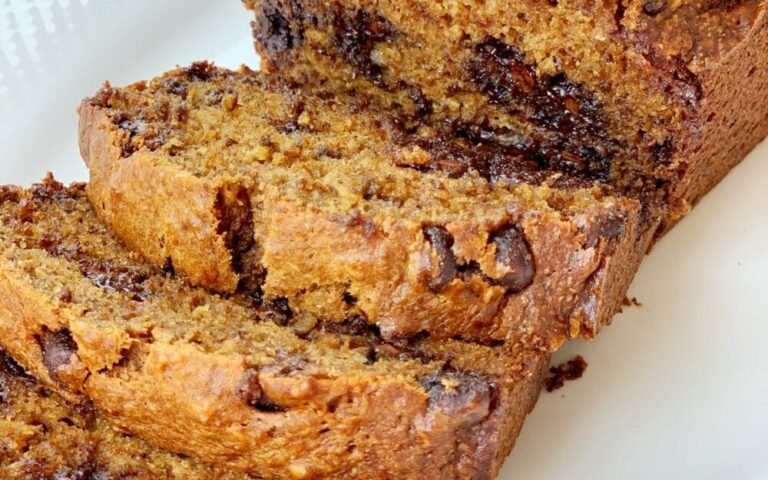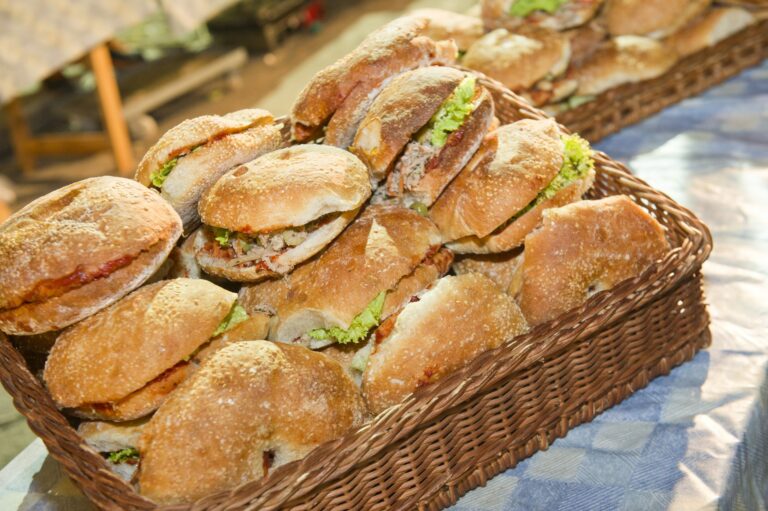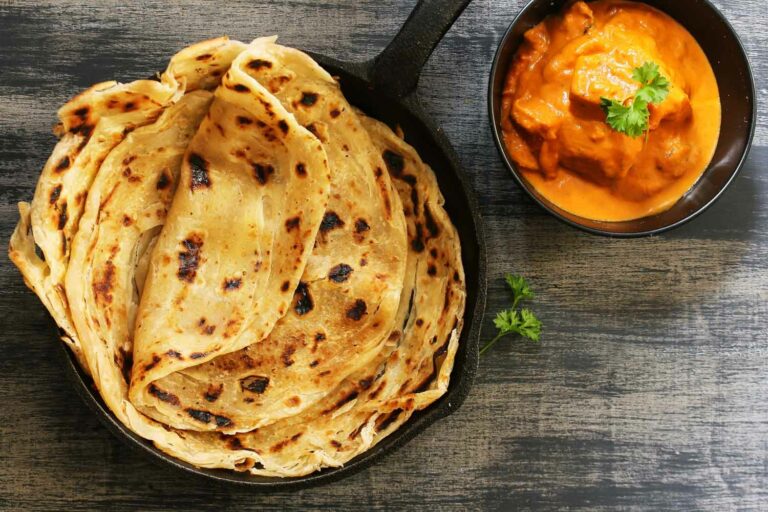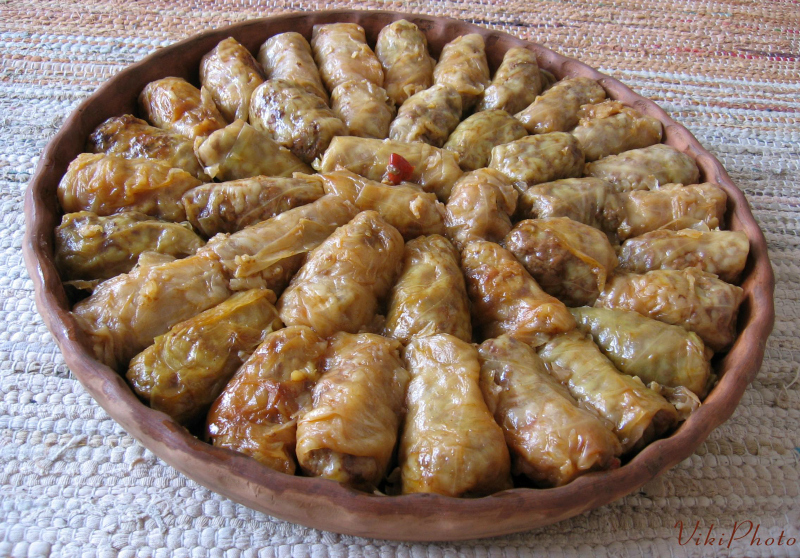Introduction: Malaysian Cuisine and its Bread and Pastries
Malaysia is a country known for its diverse and flavorful cuisine. From savory curries to sweet desserts, Malaysian food has something to offer for every palate. However, not many people know that bread and pastries are also an essential part of Malaysian cuisine. Malaysian bread and pastries have a unique taste and are prepared using traditional recipes and techniques that have been passed down for generations.
In this article, we will explore some of the most popular breads and pastries associated with Malaysian cuisine.
Roti Canai: The Staple Bread of Malaysia
Roti Canai, also known as Malaysian Paratha, is a type of flatbread that is a staple in Malaysian cuisine. It is commonly eaten for breakfast or as a snack and is often served with a spicy curry or dhal. Roti Canai is made using a dough that is kneaded and stretched until it becomes thin and flaky. It is then cooked on a flat griddle with oil until it becomes crispy.
Roti Canai is not only delicious but also has cultural significance. It is said to have originated from South India and was brought to Malaysia by Indian immigrants. Today, Roti Canai is a popular dish in Malaysia and is enjoyed by people from all walks of life.
Kuih: Traditional Malaysian Sweet and Savory Pastries
Kuih is a type of traditional Malaysian pastry that comes in a variety of sweet and savory flavors. These bite-sized treats are often served during special occasions and festivals. Kuih is made using ingredients such as coconut milk, pandan leaves, palm sugar, and glutinous rice flour. These ingredients give Kuih its distinct taste and texture.
Kuih is not only delicious but also represents the cultural diversity of Malaysia. Each state in Malaysia has its own version of Kuih, and each has a unique taste and appearance. Some popular types of Kuih include Kuih Lapis, Kuih Dadar, and Kuih Seri Muka.
Apam Balik: The Famous Malaysian Peanut Pancake
Apam Balik is a type of Malaysian pancake that is commonly found in night markets and food stalls. It is made using a batter that is poured onto a hot griddle and cooked until it becomes crispy on the outside and soft on the inside. Apam Balik is typically filled with crushed peanuts, sugar, and corn.
Apam Balik is not only a delicious snack but also has cultural significance. It is said to have originated from Indonesia and was brought to Malaysia by Indonesian immigrants. Today, Apam Balik is a popular snack in Malaysia and is enjoyed by locals and tourists alike.
Lempeng: Malaysian Flatbread with a Unique Taste
Lempeng is a type of Malaysian flatbread that is made using rice flour, coconut milk, and salt. It has a unique taste and texture that sets it apart from other types of bread. Lempeng is typically eaten with spicy curries or sambal and is a popular dish in Malaysia.
Lempeng is not only delicious but also has cultural significance. It is said to have originated from the Malay community and is often served during traditional Malay weddings and festivals.
Conclusion: The Diversity and Richness of Malaysian Bread and Pastries
In conclusion, Malaysian bread and pastries are an essential part of the country’s diverse and flavorful cuisine. From the staple Roti Canai to the famous Apam Balik, Malaysian bread and pastries offer a unique taste and cultural significance. Whether you are a local or a tourist, trying these delicious treats is a must when visiting Malaysia.









